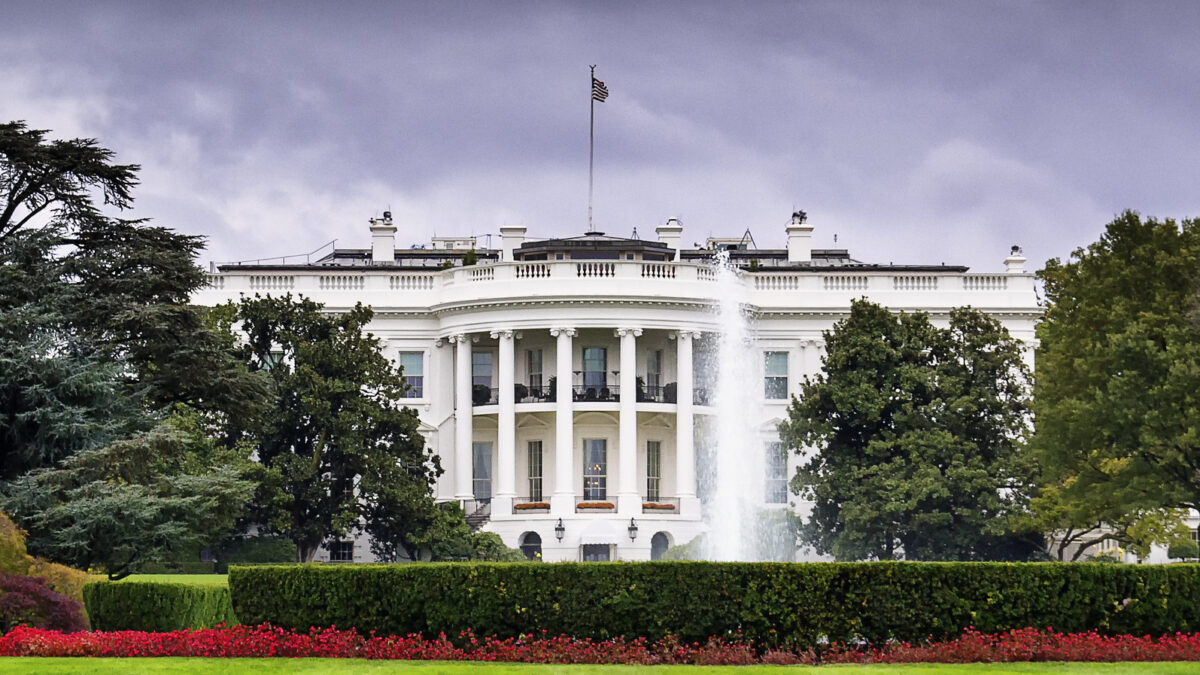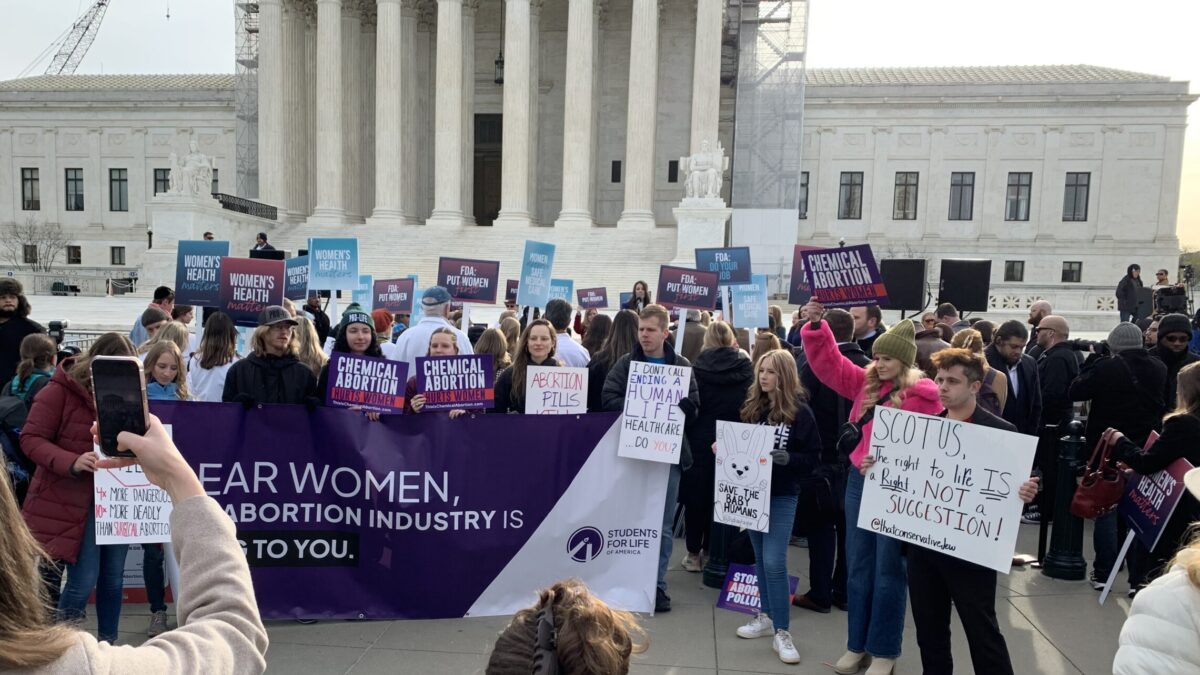The Supreme Court recently kicked off this term with oral arguments in Sackett v. EPA, a blockbuster environmental law case that could provide property owners with long-overdue clarity regarding the enjoyment of their land.
To understand the facts of the controversy is to sympathize with the petitioners. In 2004, Chantell and Mike Sackett purchased a 0.63-acre vacant lot near Priest Lake, Idaho, with the intention of building their family home. After obtaining all necessary local permits, the Sacketts began construction. But shortly after starting preliminary earthmoving activities, government officials entered the lot and said to the Sacketts’ construction workers that the homesite contained “wetlands” subject to federal regulation as “navigable waters” under the Clean Water Act.
One could forgive the Sacketts for being surprised. Located in a mostly built-out residential subdivision, their property contains no bodies of water. Nor does the lot include any surface water connections to any body of water. To the north, there lies a county-operated road; to the south, east, and west, there sit residential buildings. Despite the absence of water and the prevalence of surrounding development, the Environmental Protection Agency (EPA) and U.S. Army Corps of Engineers (Corps) claim that soggy pockets of the Sacketts’ property are “navigable waters” and are therefore subject to regulation under the Clean Water Act. If a picture is worth a thousand words, then an aerial snapshot of the Sacketts’ property speaks volumes about federal regulatory overreach.
In asserting jurisdiction, the EPA and Corps rely on a convoluted causal chain that would make Rube Goldberg proud. According to the agencies, the Sacketts’ proposed homesite is subject to the Clean Water Act permit because: Priest Lake is navigable water; a non-navigable creek connects to Priest Lake; the non-navigable creek is connected to a non-navigable, man-made ditch; the non- navigable, man-made ditch is connected to wetlands; these wetlands, though separated from the Sacketts’ lot by a 30-foot-wide paved road, are nevertheless “similarly situated” to wetlands alleged to exist on the Sacketts’ lot; and these alleged wetlands on the Sacketts’ property, aggregated with the wetlands across the street, bear a “significant nexus” to Priest Lake. If your head is spinning after that explanation, you’re not the only one.
Slippery Standard
The key to federal power lies in that last step of the agencies’ attenuated logic — the impossibly amorphous “significant nexus” concept. Notably, this slippery standard is a judicial creation.
In the 2006 case Rapanos v. United States, the jurisdictional scope of the Clean Water Act was squarely before the court, but no opinion garnered a majority. A plurality opinion authored by Justice Antonin Scalia argued that only those wetlands that have a continuous surface water connection to regulated waters may themselves be regulated. A concurring opinion by Justice Anthony Kennedy advanced a different and much broader test, allowing for regulation of wetlands regardless of any surface connection, so long as the wetlands bear an (undefined) “significant nexus” with traditional navigable waters, and the significance of that nexus would be based on aggregating all similar property in an unspecified area. Thus, unlike Scalia’s test, the significant nexus test requires no hydrological connection of any quantity, nor does it limit jurisdiction to those wetlands that are inseparably bound up with adjacent waters.
As Scalia correctly predicted, the “perfectly opaque” significant nexus test “is not likely to constrain” regulators. For this precise reason, the EPA and Corps, in the immediate wake of the Rapanos decision, quickly adopted Kennedy’s capacious standard as their own. Accordingly, in 2007, the agencies applied the significant nexus framework to determine that the Sacketts’ property fell within their regulatory ambit.
Sacketts Challenge Claimed Authority
Believing that their lot does not contain “navigable waters,” the Sacketts (with the help of the Pacific Legal Foundation, where I work) challenged the agencies’ claimed authority. In response, the agencies moved to dismiss the suit, arguing that, before they could sue, the Sacketts first had to comply or wait for the government to enforce the $75,000 daily penalties that were accruing. The district court granted the agencies’ motion and the Ninth Circuit affirmed. In 2012, however, the Supreme Court granted certiorari and reversed the circuit and district courts’ decisions. In holding that the Sacketts could have their day in court, the unanimous court admonished the agencies for their “strongarming of regulated parties.”
On remand, the district court (again) sided with the government, ruling that the agencies have the authority to regulate the Sacketts’ property under the significant nexus test. The Sacketts (again) appealed, and the Ninth Circuit (again) affirmed. But the Supreme Court (again) granted certiorari, and now the Sacketts are before the court for the second time in a decade.
Broad Implications
The immediate stakes, of course, are whether the Sacketts may build their dream home. For more than 15 years, the Sacketts’ plans have been on hold, and, at long last, the end of their ordeal is in sight.
Yet the overall implications of this case are much broader. That’s because the Sacketts’ plight is emblematic of all that has gone wrong with the implementation of the Clean Water Act since the Supreme Court’s decision in Rapanos. Under the prevailing jurisdictional test, “[a]ny piece of land that is wet at least part of the year is in danger of being classified by EPA employees as wetlands covered by the Act,” as Justice Samuel Alito has explained. Even the agencies concede that “almost all waters and wetlands across the country theoretically could be subject to a case-specific jurisdictional determination” under the status quo.
In practice, a “significant nexus” is whatever the agencies say it is. There’s no way for hapless landowners to know if they’re potentially subject to the Clean Water Act’s civil and criminal penalties — unless they can afford hundreds of thousands of dollars for consultants and attorneys necessary to have a fighting chance at disproving jurisdiction under the significant nexus test and getting that determination to hold up in court. Few have such resources.
Even when landowners do have the necessary means to defend their property rights, they remain reluctant to proceed without permits, given the crushing consequences if their assessment of jurisdiction proves to be wrong. Here, it bears noting that Justice Kennedy, the progenitor of the “significant nexus” concept, subsequently expressed concern with the agencies’ “ominous” application of his idea, which “continues to raise troubling questions regarding the Government’s power to cast doubt on the full use and enjoyment of private property throughout the Nation.”
Although it’s a fool’s errand to prognosticate the court’s outcomes, multiple justices during oral arguments expressed discomfort with the significant nexus standard. Justice Elena Kagan, for example, allowed to the petitioners’ counsel that, “I … understand some of your points about” the seemingly limitless test.
For a statute that touches on millions of acres of land, the lack of clarity is both dismaying and counterproductive. In Sackett v. EPA, the Supreme Court can and should chart a better course for the Clean Water Act by articulating a clear, easily administered, constitutionally sound rule for wetlands jurisdiction, using the surface-water-connection test set forth in the Rapanos plurality opinion. Just as the court bears responsibility for creating the “significant nexus” framework, so the court has a duty to end it, and thereby provide long-needed regulatory certainty to property owners.









